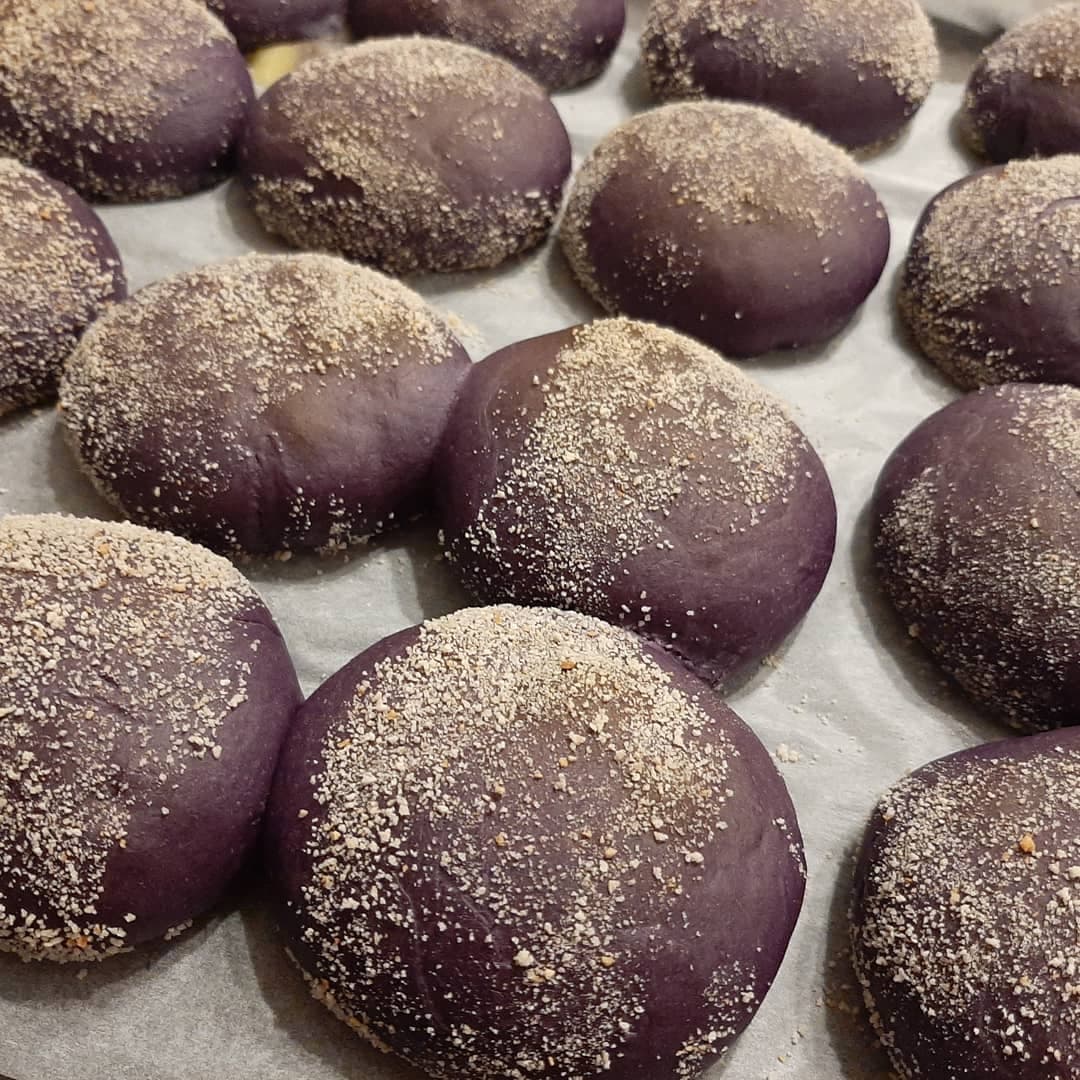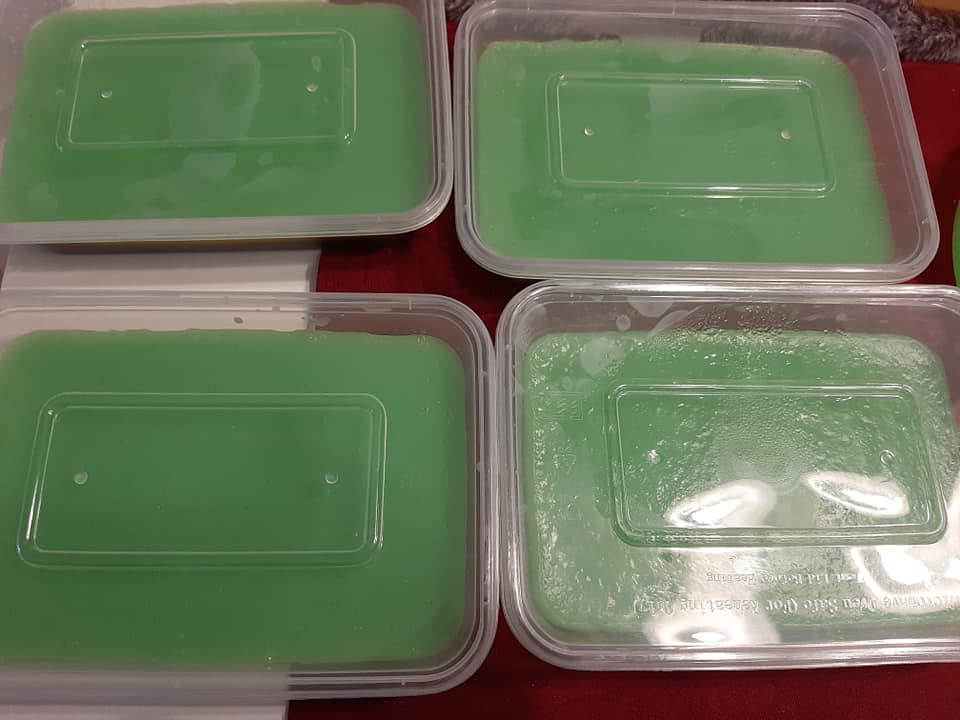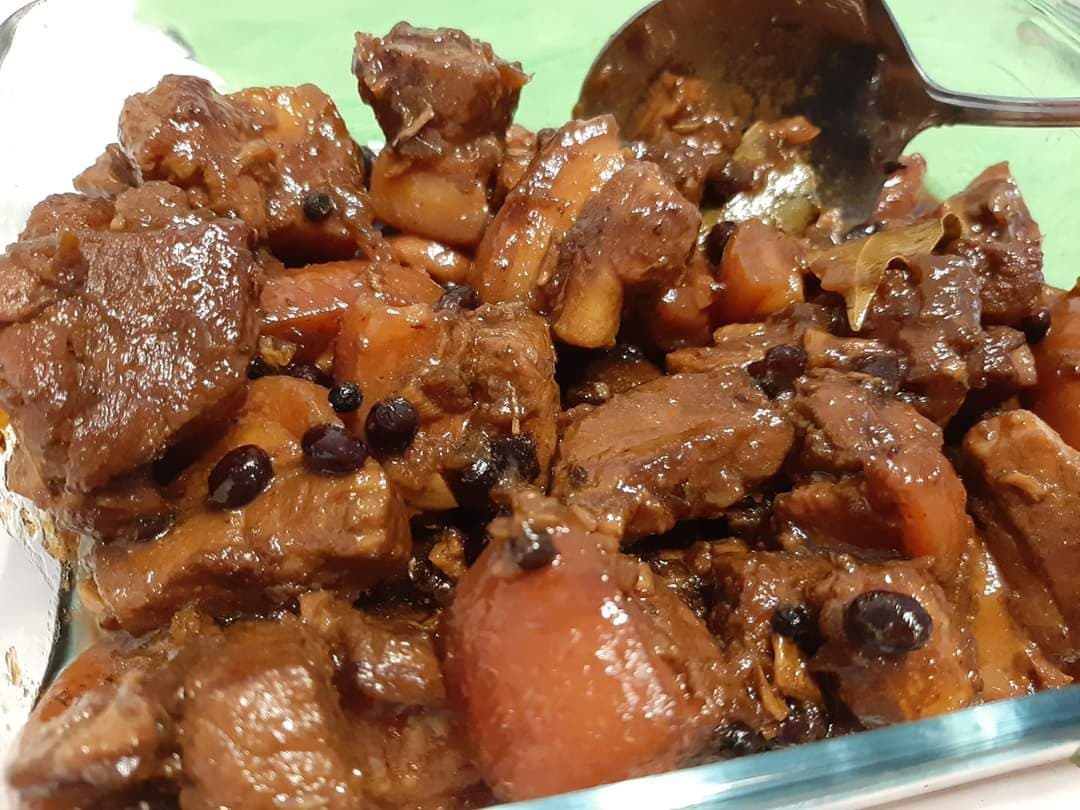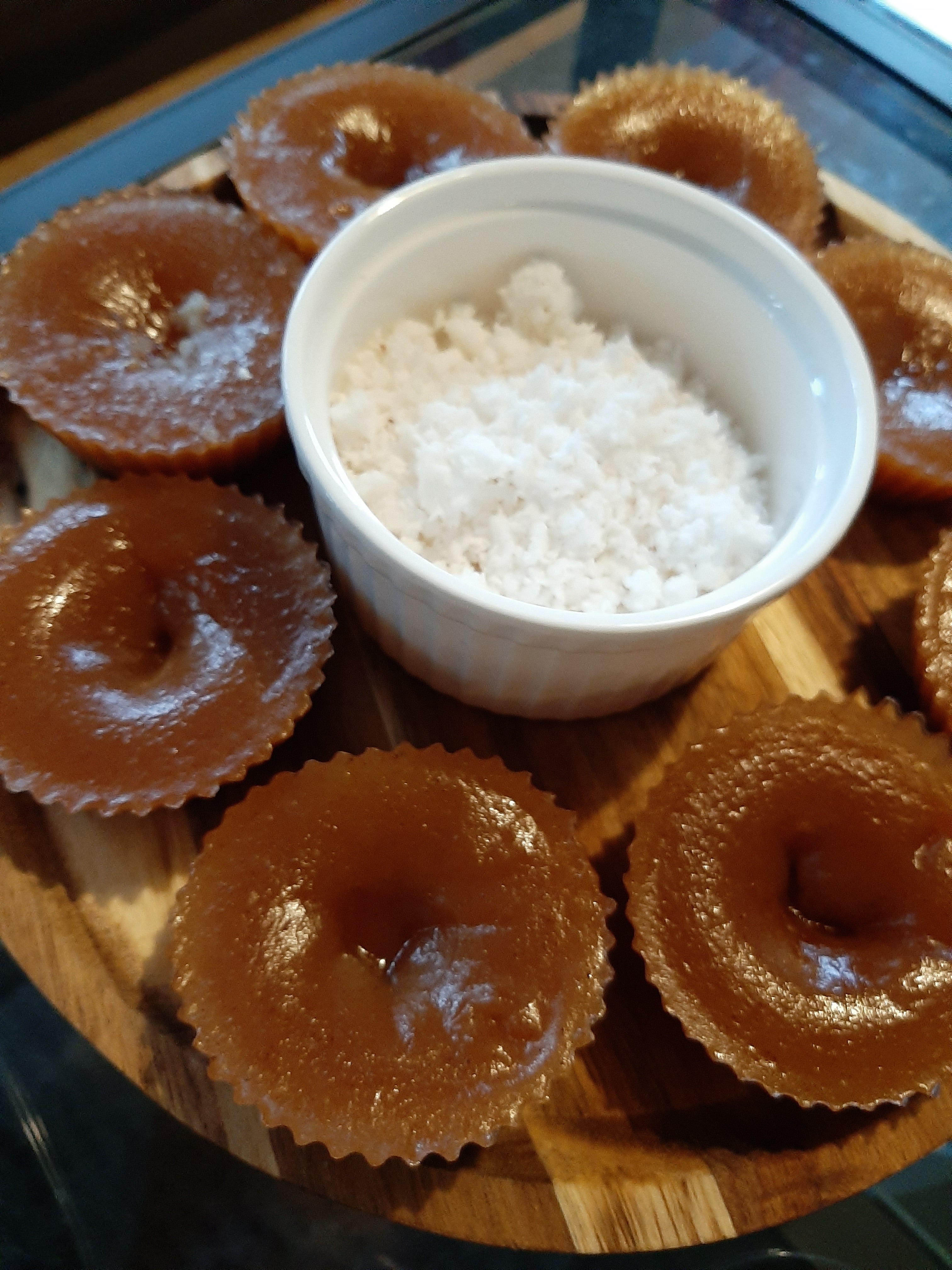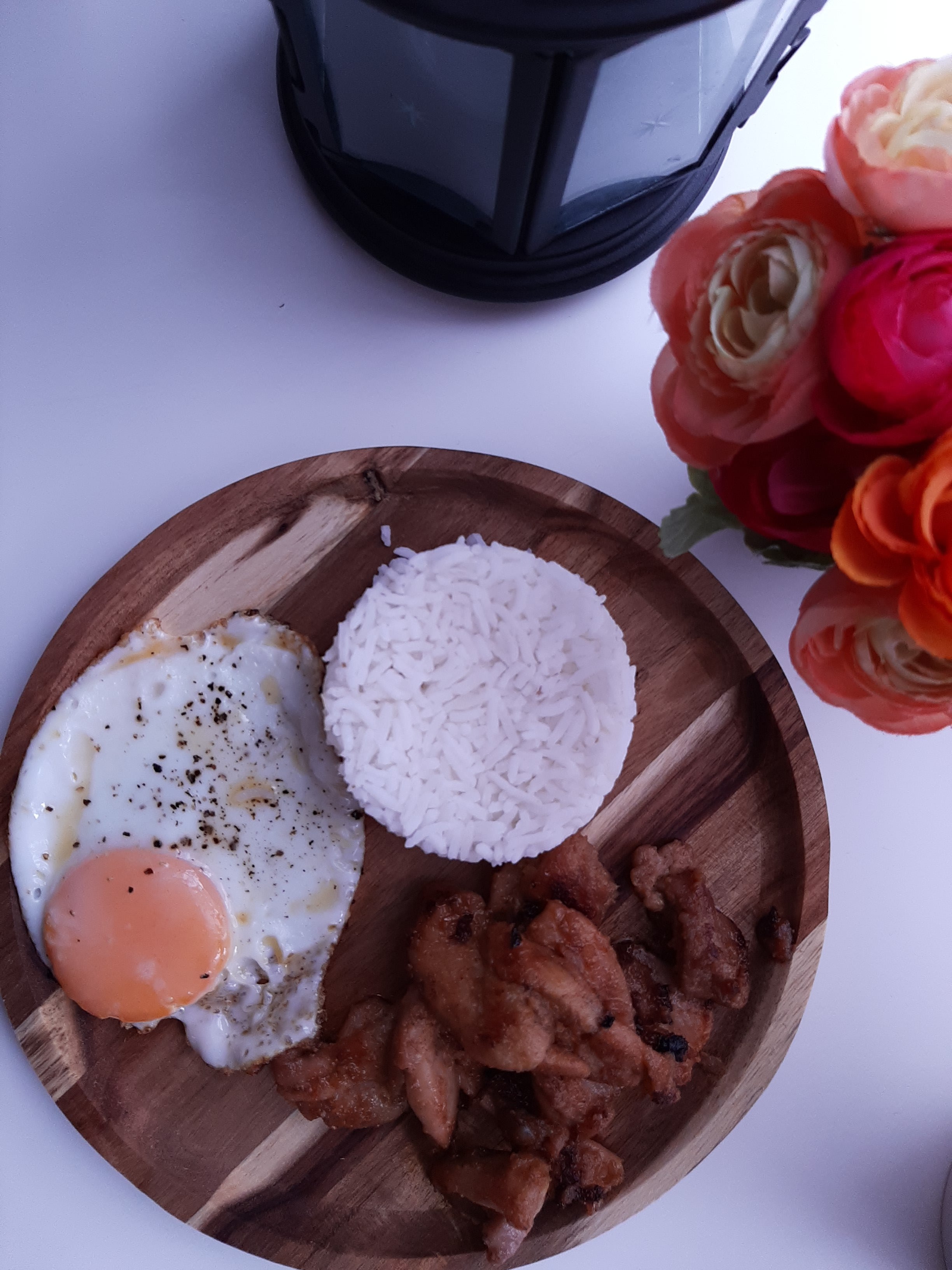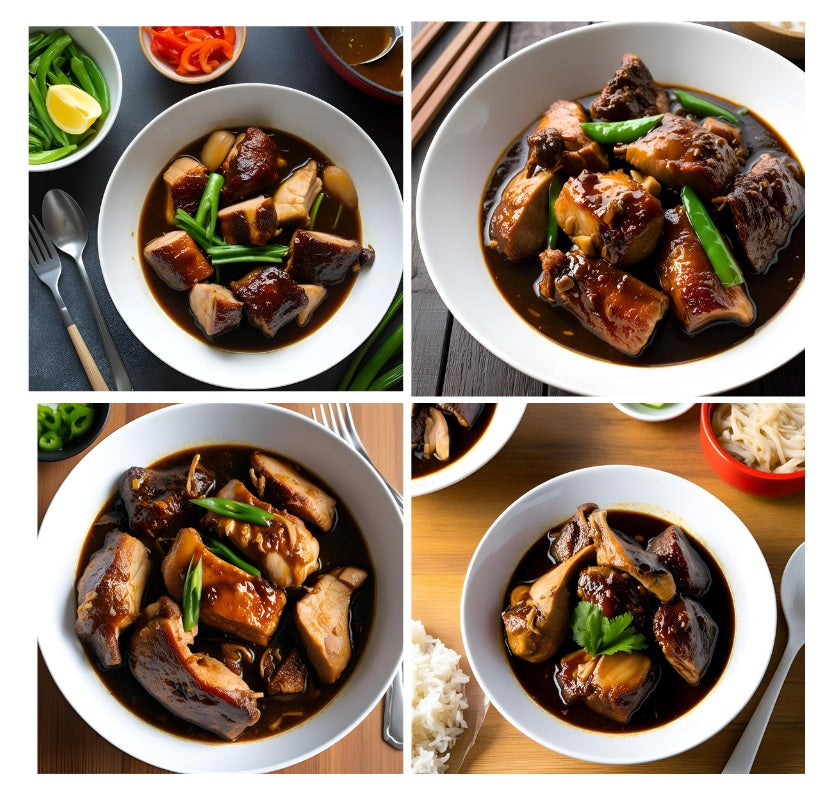
The Art and Soul of Filipino Adobo: A Dish Beyond Borders

There’s a saying in the Philippines: “Kapag walang ulam, Adobo na lang.” (When there’s no dish, let’s just make Adobo.) This iconic dish isn’t just the national treasure of Filipino cuisine—it’s a heartfelt story of love, tradition, and resilience. Adobo is more than just food; it’s a way of life. As a Filipino chef, it’s a dish that embodies everything I adore about our culinary heritage: bold flavors, simplicity, and a spirit of ingenuity that has withstood the test of time. Imagine the comforting aroma of garlic, soy sauce, and vinegar wafting through the kitchen—a smell that evokes memories of family gatherings, fiestas, and even rainy days when the only thing that could warm your heart was a steaming plate of Adobo over rice. It's the dish that unites every Filipino, no matter where they are in the world.
The Origins of Adobo: A Journey Through Time* Adobo’s history is as rich and complex as its flavor. While the dish has become synonymous with Filipino cuisine, the term "adobo" actually comes from the Spanish word adobar, meaning "to marinate." However, the dish itself existed long before Spanish colonization, rooted deeply in the Filipino tradition of preserving food. Before refrigeration, native Filipinos used vinegar and salt to cure meat and prolong its shelf life. Over time, this method evolved with the introduction of Chinese soy sauce and the influence of Spanish cooking techniques. The result? A culinary masterpiece that has transcended time, culture, and geography. Today, Adobo represents the perfect fusion of indigenous practices and foreign influences—a true testament to the adaptability and creativity of Filipino cooks.
Adobo: Not Just One Dish, But Many* One of the most fascinating aspects of Adobo is its versatility. There isn’t just one way to make Adobo; in fact, there are probably as many variations as there are islands in the Philippines. Each region, family, and even individual cook has their own take on this classic dish.
Adobong Manok at Baboy (Chicken and Pork Adobo):* The most common and beloved version, combining tender chicken and pork for a symphony of flavors.
Adobong Puti (White Adobo):* A version that omits soy sauce, relying solely on vinegar and garlic for its sharp, tangy taste.
Adobong Sa Gata (Adobo with Coconut Milk):* A creamy, indulgent variant from the Bicol region, where coconut milk is often used to mellow out the acidity of vinegar. - *Adobong Tuyo (Dry Adobo):* A reduced version where the sauce clings tightly to the meat, perfect for packing as baon (packed meal).
Vegetarian and Seafood Adobo:* From Adobong Kangkong (water spinach) to Adobong Pusit (squid), even vegetarians and seafood lovers have their own flavorful variations of this dish. The beauty of Adobo lies in its adaptability. It’s a dish that welcomes experimentation, inviting cooks to add their own twist while still honoring the dish’s core identity.
Adobo’s Cultural Significance* For Filipinos, Adobo isn’t just food—it’s a way to connect with our roots. It’s the dish that appears on every occasion, whether it’s a simple weekday dinner or a grand fiesta. It’s the one meal we crave when we’re homesick, a taste of home that transcends geographical boundaries. What’s truly magical about Adobo is its ability to bring people together. It’s a conversation starter, a centerpiece of family dinners, and a source of pride when sharing Filipino culture with the world. Ask any Filipino about their favorite version of Adobo, and you’ll likely get a passionate response, complete with anecdotes of how their Lola (grandmother) made it best.
*Adobo Around the World* Adobo’s fame isn’t confined to the Philippines. It has captured the hearts (and stomachs) of food lovers worldwide. Filipino diaspora communities have introduced this dish to new audiences, and its universal appeal has made it a favorite in international food festivals and restaurant menus. I’ve even seen Adobo-inspired dishes in places I wouldn’t have expected—Adobo-flavored chips, Adobo tacos, and even Adobo-infused cocktails! While these iterations may stray far from the traditional, they’re a testament to the dish’s global influence and versatility.
*Why Adobo Stands Out* You might be wondering: what makes Adobo so special? The answer lies in its perfect balance of flavors. Adobo is a masterclass in contrasts—tangy yet savory, simple yet complex. The interplay of vinegar, soy sauce, garlic, and black peppercorns creates a harmony that’s both comforting and exciting to the palate. But beyond its flavor, Adobo stands out because of its heart. It’s a dish that tells a story, a dish that evolves with every generation while still staying true to its roots. It’s a reminder that the best food doesn’t have to be complicated; it just has to be made with love.
*Adobo in Pop Culture* Adobo has even found its way into pop culture, serving as a symbol of Filipino identity. It’s been featured in movies, TV shows, and even memes. There’s something inherently joyful about seeing Adobo in the spotlight—it’s a delicious way of saying, “This is who we are, and we’re proud of it.”
Adobo and the Next Generation* As a chef and food influencer, one of my missions is to ensure that Adobo continues to thrive for generations to come. While it’s important to preserve the traditional flavors and techniques, I also encourage young cooks to experiment and make the dish their own. Imagine an Adobo-inspired pasta, sandwich, or even pizza. The possibilities are endless, and the more we innovate, the more we ensure that Adobo remains relevant and loved in a constantly evolving culinary landscape.
Adobo: A Dish Worth Celebrating* To say that Adobo is just a dish would be an understatement. It’s a culinary icon, a cultural ambassador, and a symbol of Filipino pride. Every bite of Adobo is a journey—a taste of history, a touch of home, and a glimpse into the heart and soul of Filipino cuisine. As we continue this blog and vlog series, I invite you to join me in celebrating the magic of Adobo. Let’s explore its many variations, dive into its rich history, and most importantly, savor its incredible flavor. After all, life is too short not to indulge in something as amazing as Adobo.
Whether you’re a seasoned foodie or a curious newcomer, Adobo is a dish that will win you over. It’s the kind of meal that lingers in your memory long after the plate is empty, leaving you craving more. So the next time you’re in the kitchen, channel your inner Filipino chef and give Adobo a try. And remember: it’s not just about the dish—it’s about the love, history, and stories behind it. Until next time, stay hungry and adventurous, my friends. And as we say in the Philippines, “Kain na!” (Let’s eat!)










